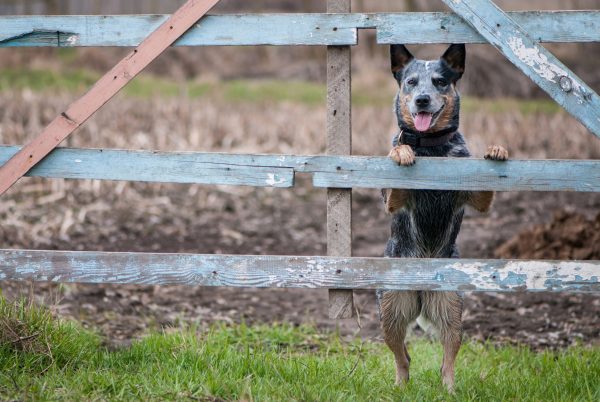
Most people – and certainly readers of NPDD – know that every breed accepted by a kennel club like the AKC has a conformation breed standard. As AKC writer, Bud Boccone, pointed out when explaining breed standards, it was the great philosopher, Plato, who theorized that all things around in the natural world are imperfect versions of an ideal, and that only by contemplating models of perfection – the ideal – could genuine knowledge be gained. Some 2,400 years after Plato, fanciers and breeders rely on a written description of the ideal specimen of their breed to continue consistency and predictability in that breed.
There is another kind of standard associated with a breed club, however, and not every breed has one. The Bearded Collie does. So does the Wirehaired Pointing Griffon. This is a working standard, a description of how a dog does its job.
This isn’t to say that if a club does not have a working standard, it ignores the importance of maintaining working abilities of their respective breeds. The Samoyed Club of America has a Working Samoyed Program, for example, while the Newfoundland Club of America offers working titles for its dogs. These clubs have recognized the value of preserving what it is that made their dogs what they are.
Some clubs have determined that a conformation ring isn’t an adequate venue in which to evaluate the traits a dog should manifest as a working dog, whether is it herding stock or searching for game in the field, and many of them have developed working standards. We want to introduce you to the concept of what such a standard looks like, and use the Australian Cattle Dog’s working standard as an example. We use this space to entice you to read the entire working standard by sharing a few salient points from it.
••• The Australian Cattle Dog is considered an upright breed unlike a Border Collie which is a crouching breed. That said, and according to this working standard, “some individuals drop to a crouch, preparing to nose bite, while others raise their heads to challenge and come straight on. Most dogs will experiment with different postures or approaches to win stand-offs with stubborn stock;”
••• Australian Cattle Dogs are a loose to medium eyed breed ( the Border Collie “gives eye”). on. A loose-eye approach gives the Cattle Dog the ability to see and react to a herd that may include hundreds of cattle while devoting his attention only to those animals needing it;
••• The Australian Cattle Dog has an instinctive grip, and the standard adds, “This is done in various ways depending on the livestock and rate of travel. Stubborn or wild stock may required.”
••• Bark. This important because the Australian Cattle Dog was developed as a silent worker. “Force barking when heading or otherwise challenging stubborn livestock is acceptable if it is not excessive.”
There’s more, but again, read that working standard!
Image: “Beauty portrait of Australian cattle dog” by Iryna Dobrovyns’ka/Adobe Stock Photo

This was written on the gatepost by Banjo Patterson as he left Dagworth Station (Winton District, Queensland Australia) after writing the poem “Waltzing Matilda”
on the way out:-
Advice to Jackeroos
“If your dog is careless at heeling
then let him get kicked if you can
’cause an occassional Arse over header
is good for both Dog and for Man”
ON THE WAY IN following a Bullock team observing the Driver’s problems
THE UNTIMATE IN FRUSTRATION”
“The sun was in the driver’s eyesNeil
the wheel was in the rut,
the whip flew off the handle
and the dog flew up the slut”